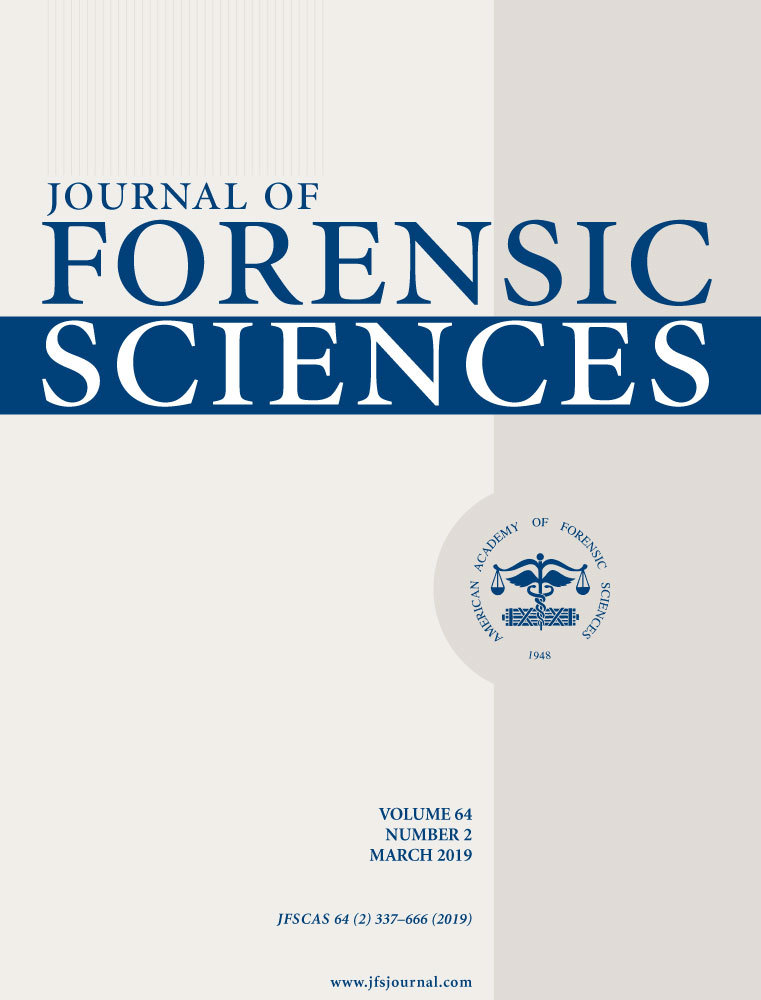Distinguishing Characteristics of Robotic Writing†
Abstract
Advances in robotic handwriting technology create new challenges for forensic document examiners. In the past, devices such as the autopen were used to replicate signatures of government officials and corporate companies. In today's technology, companies such as Bond utilize robots to create written documents, which mimic natural patterns of handwriting. They generate customizable written samples by simulating pen movements and letter formations. Four forensic document examiners were given various reproduced questioned documents and utilized a modified ACE-V (analysis, comparison, evaluation, verification) methodology to determine their genuineness. Examiners were able to make a distinction between the human writing samples and the skilled robotic equivalents. Several distinct features that are not seen in natural handwriting, such as even pen pressure and the superimposition of letterforms were observed in the robotic samples. Careful examination of identifying features of the Bond produced documents resulted in an opinion of nongenuineness.




